By TAKASHI MIYAZAWA/ Staff Writer
June 30, 2024 at 07:00 JST
 Rashedur Rahman, a Bangladeshi researcher at the University of Hyogo’s Advanced Medical Engineering Research Institute, in May. He helped develop the technology of AI-assisted early detection of subtle pelvis fractures. (Takashi Miyazawa)
Rashedur Rahman, a Bangladeshi researcher at the University of Hyogo’s Advanced Medical Engineering Research Institute, in May. He helped develop the technology of AI-assisted early detection of subtle pelvis fractures. (Takashi Miyazawa)
HIMEJI, Hyogo Prefecture—Patients with subtle osteoporosis fractures in their pelvic bones can start treatment without delay thanks to artificial intelligence technology that doctors are utilizing in their diagnosis.
Previously, identifying minor fractures associated with bone-brittle disease in the pelvis region has been a challenge due to the complex structure of the pelvic bones.
But AI is expected to help doctors make an accurate diagnosis from X-ray images even if the fractures are in the early stages.
The technology was developed by a research team at Hyogo Prefectural Harima-Himeji General Medical Center and the University of Hyogo’s Advanced Medical Engineering Research Institute.
Most pelvis fractures suffered by older adults are identified when slice CT scans are taken.
But many clinics such patients visit first when they experience pain in the pelvis are unlikely to be equipped with CT scanners, different from large hospitals.
This will often lead clinic doctors to miss fractures in X-ray images or make a misdiagnosis, concluding the pain is caused by an illness.
The deep-learning technology, if it becomes available at clinics, is expected to recognize invisible fractures early to make timely medical intervention possible.
The research team, joined by orthopedists at the medical center, used images of 3-D CT scans of patients to create synthesized X-ray images of subtle pelvic fractures for fracture diagnosis.
The team’s report was carried by the online edition of Scientific Reports, published by Nature Portfolio, in April, titled “Enhancing fracture diagnosis in pelvic X-rays by deep convolutional neural network with synthesized images from 3D-CT.”
The report’s lead author is Rashedur Rahman, a Bangladeshi researcher who is doing his Ph.D. in engineering at the University of Hyogo.
Rahman came to Japan in 2016 on a Hyogo prefectural program that brings Asian students to study in the prefecture.
He began his research on the AI-assisted detection of bone fractures so that patients can receive treatment in a timely manner.
He said he expected to get his doctoral degree in September and plans to look for a faculty position at a university in Japan and elsewhere or work as a researcher.
Joining the research project was Syoji Kobashi, head of the research institute, and a specialist in AI-assisted readings of medical images.
Kobashi was also involved in the development of a computer program for early detection of the sports disorder baseball elbow, a joint project with the Kyoto Prefectural University of Medicine.
Kobashi noted that his institute is unique in two aspects: it is located on the same property as the medical center and the institute’s main focus is engineering, not medicine.
He said the setting of the institute within easy access from the hospital offers researchers a great opportunity.
“In the field of medical engineering, just studying medicine and engineering separately is not sufficient,” he said. “Being in constant communication with doctors on a daily basis brings us great benefits to deepen the study of our field.”







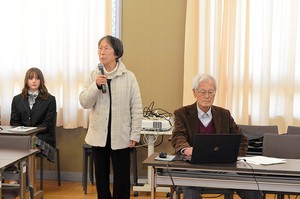
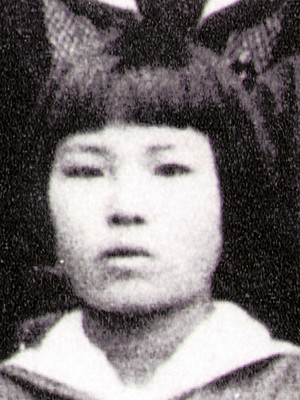
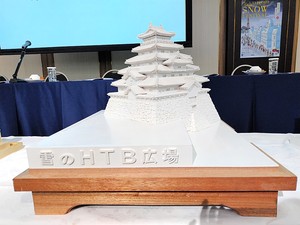








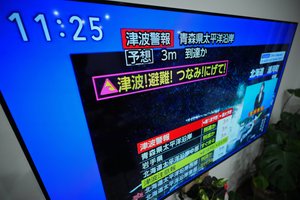
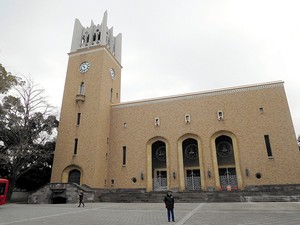
A peek through the music industry’s curtain at the producers who harnessed social media to help their idols go global.
A series based on diplomatic documents declassified by Japan’s Foreign Ministry
Here is a collection of first-hand accounts by “hibakusha” atomic bomb survivors.
Cooking experts, chefs and others involved in the field of food introduce their special recipes intertwined with their paths in life.
A series about Japanese-Americans and their memories of World War II